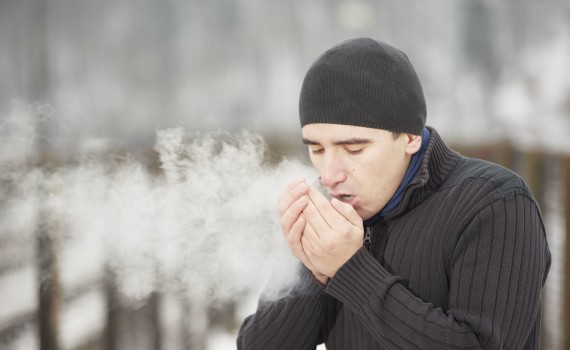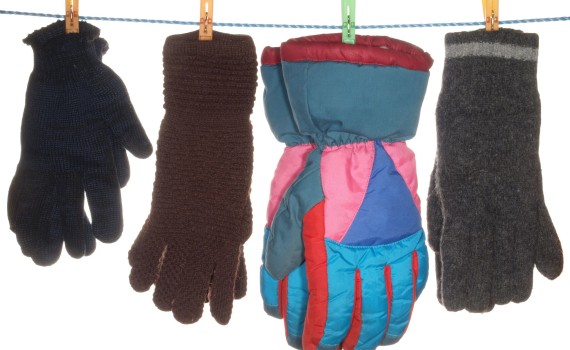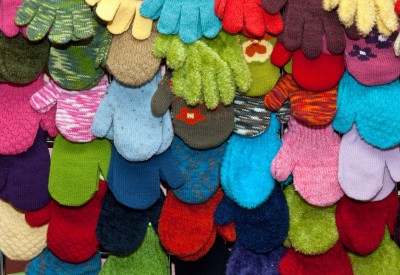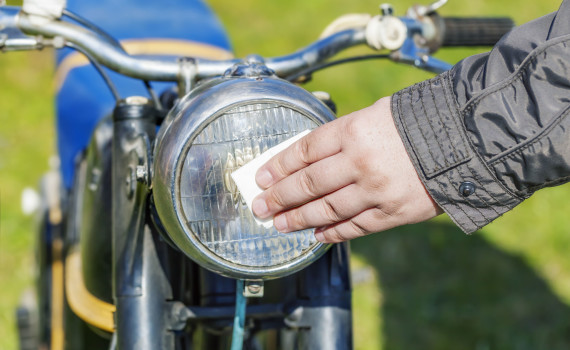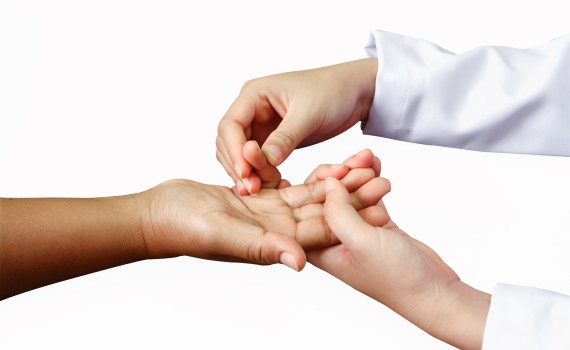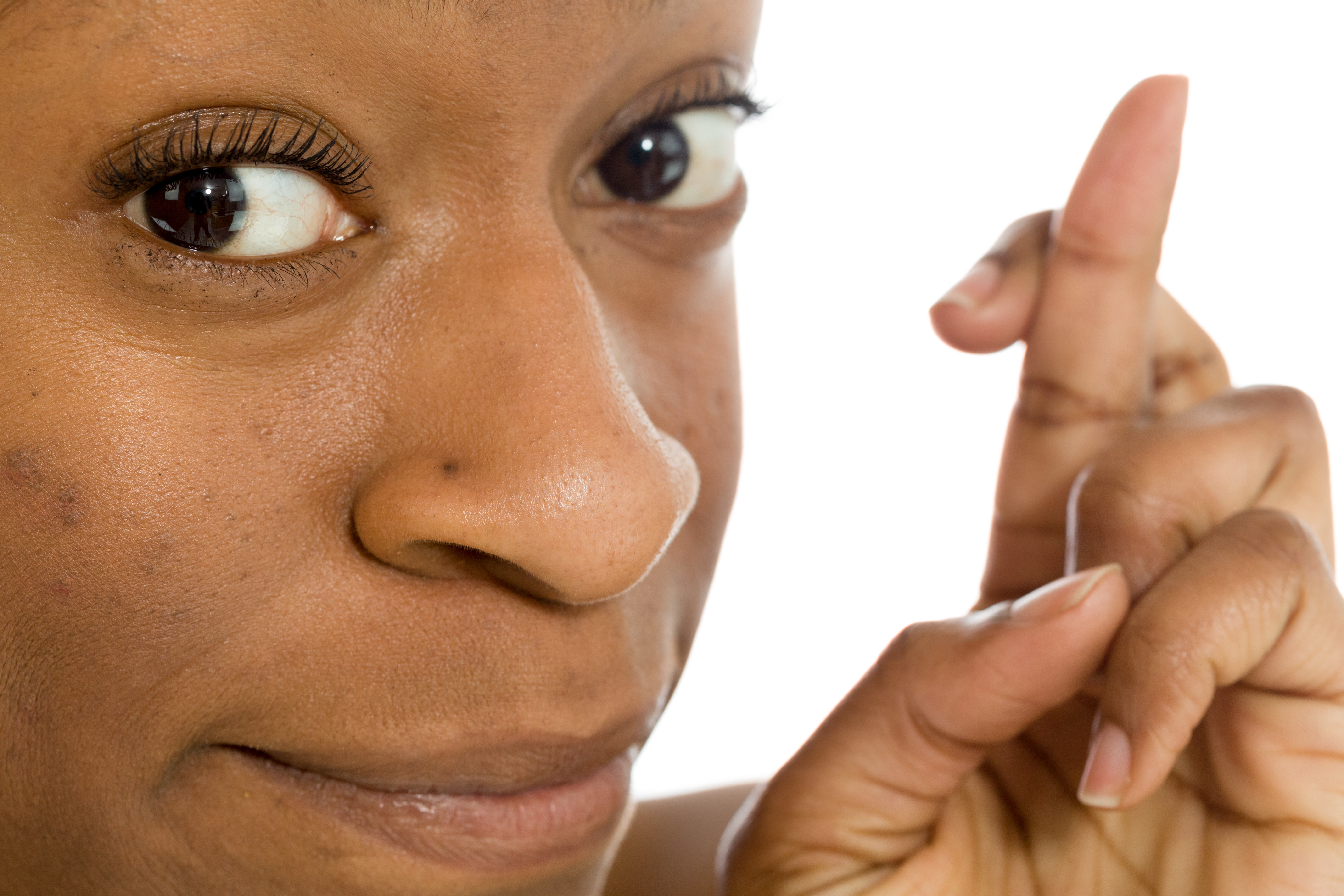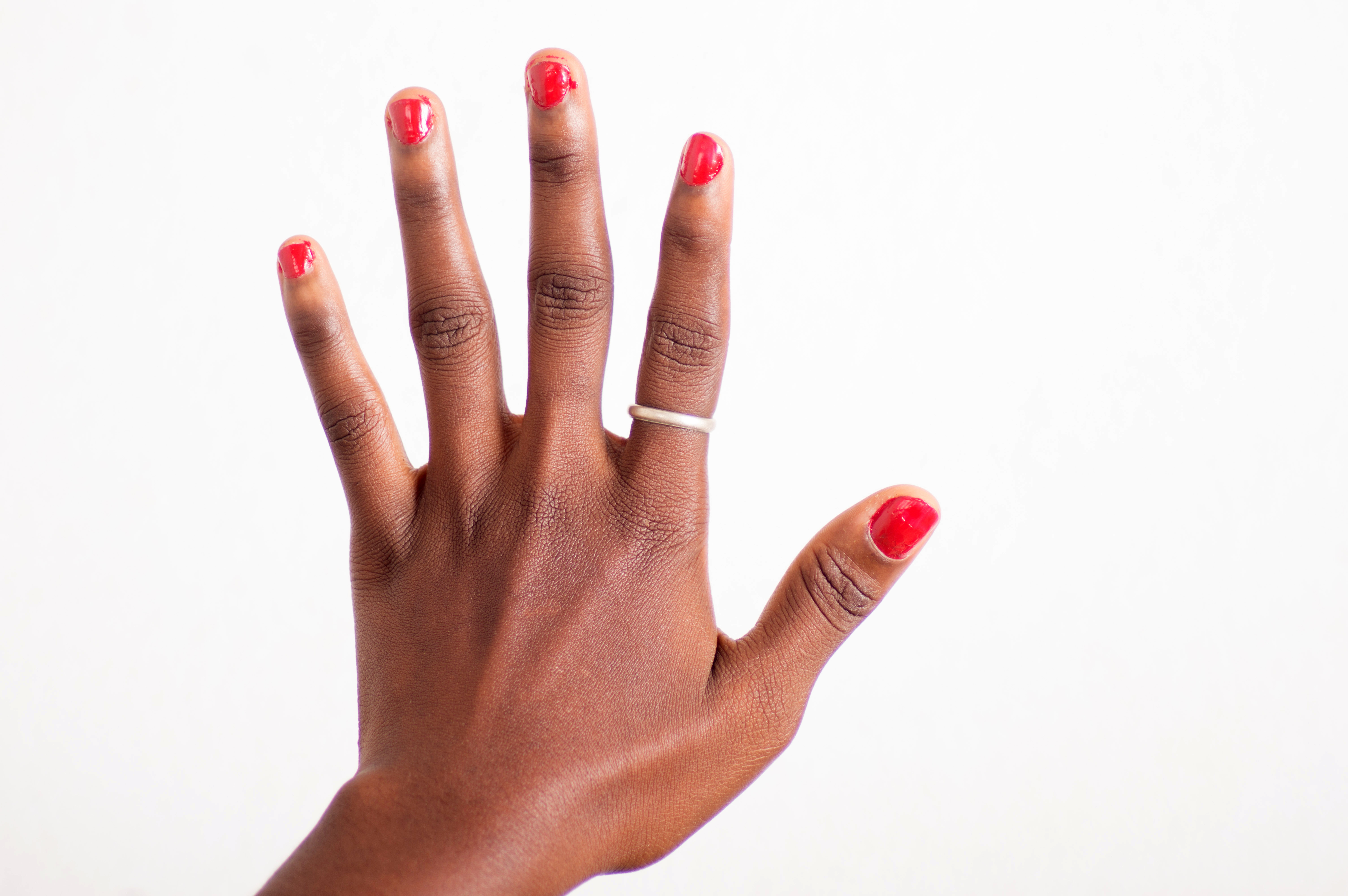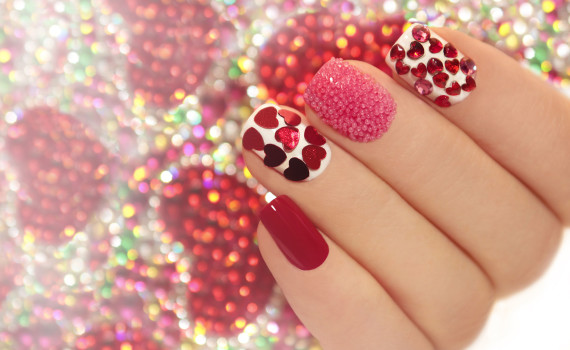
Three Ways To Show Your Hands Some Love This Valentine’s Day
Skip the expensive chocolates and weekend getaways this Valentine’s Day! Whether you’re single or happily enjoying life with a romantic partner, your hands deserve some pampering and love this Valentine’s Day. Between the winter weather and the wear and tear of an active lifestyle, your hands are most prone to injuries requiring tendon and ligament repair during the winter months. While these injuries cannot always be prevented, there are a number of delightfully luxurious ways to combine showing your hands some love with improving the overall health of your hands and wrists. Here are our top tips for hand care this Valentine’s Day.
Top Three Ways To Pamper Your Hands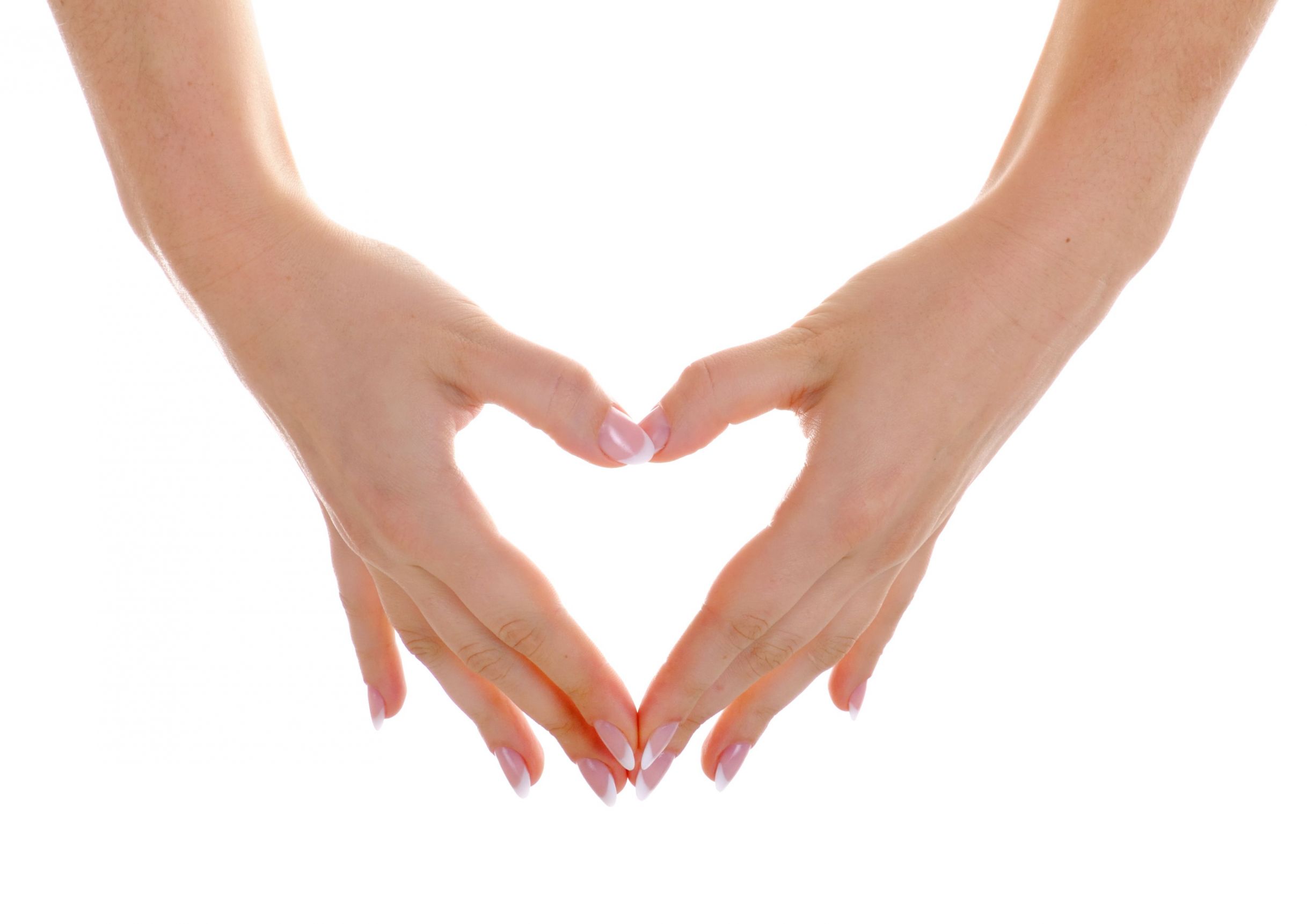
- Hand Massages: More than a simple luxury, this gift to your hands offers a number of proven health benefits that include increased range of motion in your hands and wrists, improved circulation through fingers and hands, and reduction of trigger points that can cause painful injuries and chronic pain. Additionally, hand massages have been proven to be an effective, natural pain relief treatment option.
- Healthy Manicures: Your nails are comprised of living skin cells. These skin cells need just as much care as the rest of your hands. A healthy manicure can provide an hour of relaxation and a host of health benefits. These benefits include increased circulation in the fingers, more effective distribution of body heat during the winter months and healthier skin that is less prone to cracking and lacerations.
- Upgraded Handwear: Whether you’re an avid golfer or are simply spending a large portion of your day driving, the wear and tear of these activities can result in chronic pain and injuries in your hands. This is the year to gift yourself with top tier gloves to protect and cushion your hands during these activities.
Whether you’re currently suffering from chronic hand pain, are looking to pamper yourself while protecting your hand health, or are looking for the perfect Valentine’s Day gift for a loved one who is recovering from ligament and tendon repair surgery, massages, manicures, and upgraded handwear show you care. Call New Jersey Hand and Wrist specialists today to learn more about overall hand health or to request an appointment to discuss a painful condition.



